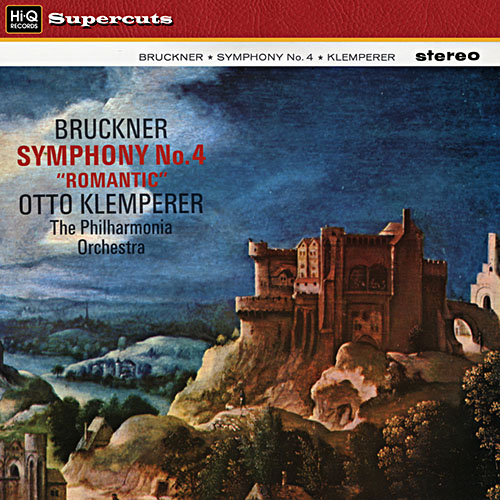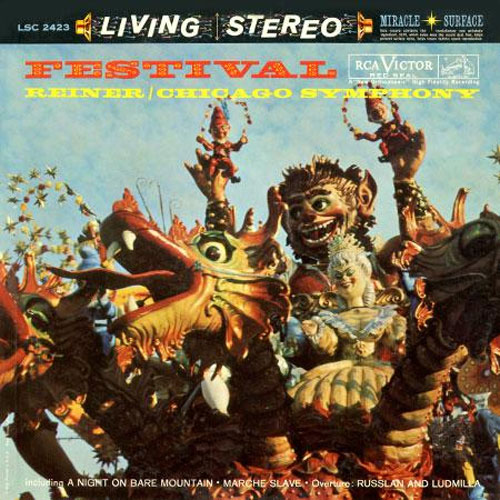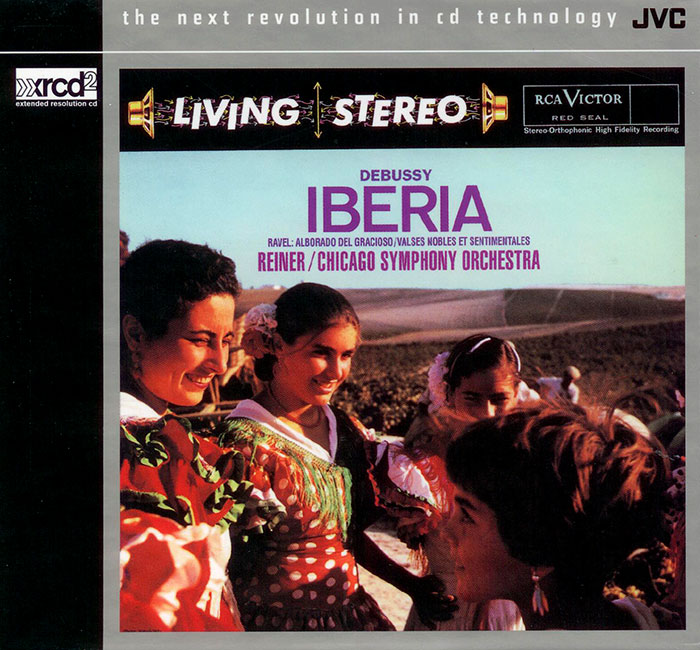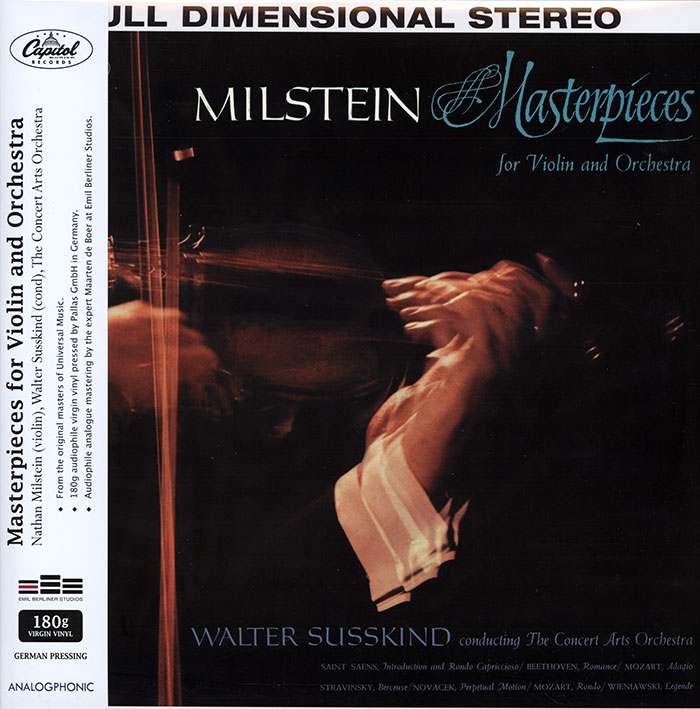Logowanie
Mikołaj - ten to ma gest!
Miles Davis, Horace Silver, Jay Jay Johnson, Percy Heath, Kenny Clarke, Lucky Thompson
Walkin'
20bit K2Super Coding - ale jak to brzmi!
Kasety magnetofonowe
Winylowy niezbędnik
ClearAudio
Double Matrix Professional - Sonic
najbardziej inteligentna i skuteczna pralka do płyt winylowych wszelkiego typu - całkowicie automatyczna
BRUCKNER, Otto Klemperer, The Philharmonia Orchestra
Symphony No. 4
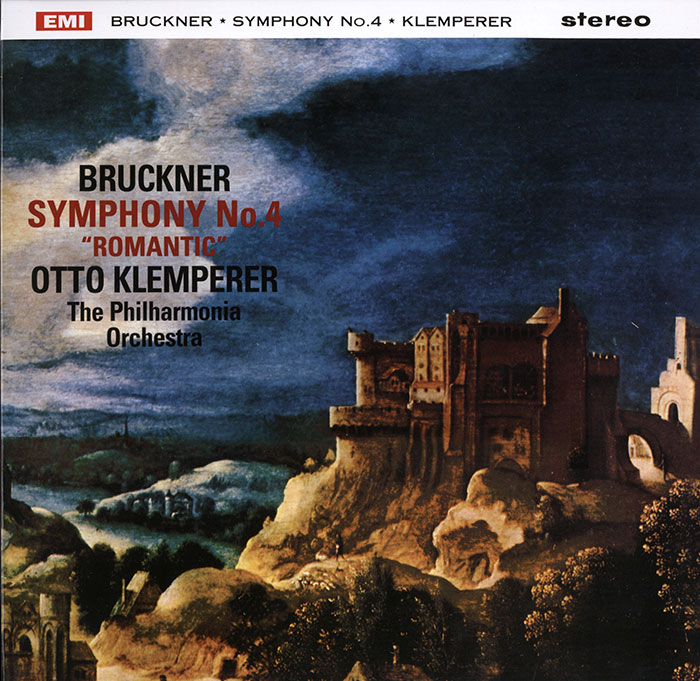
- Otto Klemperer - conductor
- The Philharmonia Orchestra - orchestra
- BRUCKNER
Monumentalne
Bruckner's Fourth Symphony is his most approachable work in symphonic form and has long been a favorite among the most famous German conductors. When this recording was made in September 1963, the great conductor Otto Klemperer, at the age of 78, was still at the height of his powers, and had established a close rapport with the Philharmonia Orchestra over nearly a decade. Thirty-three years later, Klemperer's monumental, searching interpretation has never been surpassed and neither has the recording, which in Testament's new transfer perfectly conveys the warmth and sonority of Bruckner's scoring, and superlative orchestral playing.
------------------------
fr recenzji Christopher Howell
The Fourth, made three years later, registers a completely different level of orchestral response. Full justice is done to an interpretation that has remained controversial. The tempi are all slower than in the 1951 Vox recording and one can only admire the steadiness with which the first movement unfolds. From the opening horn call, bold rather than mysterious or romantic, everything proceeds with logic and clarity. Yet it comes to seem almost breathless, perhaps because Klemperer refuses to mould transitions, or usher in new themes with even the smallest comma. Added to this is an orchestral sound that is analytical and tangy, not rounded and blended in the manner of Karajan or even Haitink.
I began to click to Klemperer?s view in the second movement. It?s true that Klemperer neither inhabits the mountain heights nor the deep Austrian woods. It?s as though the trees in this Brucknerian forest are shorn of foliage, we are visiting a romantic world that is dead, maybe the aftermath of a nuclear holocaust. Seen in this harsh light, the interpretation becomes completely convincing. The brazen fanfares from the brass in the third movement, for example, seem not a jolly hunting party but a world of ruined, long-deserted mediaeval towers and castles.
The finale raises a question of tempi, or rather of tempo relationships. The issue, as I understand it ? and I am ready to be corrected by readers with a better knowledge of Bruckner editions ? is that the Nowak edition, published in 1953, contains some indications for playing certain passages in half-tempo. The earlier Haas edition omits these indications on the basis that Bruckner did not write them. Whereas Nowak believed that, since Bruckner had sanctioned them on his friends? advice, they should be included. Even if you?re not technical enough to know exactly what I mean by ?half tempo?, the result is perfectly clear. If you listen to a thorough-going Haas man like Karajan, you will note that he starts the movement quite broadly. When the secondary material arrives ? the passage rather like a funeral cort?ge, opening out into some folksong-like melodies ? Karajan plays it fairly lightly and liltingly, slackening the tempo only minimally. Kempe, if a little more excitable here and there, is similar. So, logically, will be any conductor using the Haas edition, with the proviso that not all recordings name correctly the edition used. Back in 1951, and in his live Amsterdam recording of 1947, Klemperer was perforce a Haas man since Nowak had not yet appeared. His tempo was faster than Karajan?s and he slackened as little as possible for the secondary material, which, in 1951 in particular, was practically frogmarched along.































